Alternative Fee Arrangements Between Clients and Outside Counsel
Insightful article from Capital Business on alternative fee arrangements between clients and outside counsel. As a former AmLaw 100 Partner for a decade who architected and managed many AFA engagements, I am happy to share a few observations on AFAs and the perplexingly slow AFA adoption rate. A more comprehensive white paper on AFAs is available.
Fundamentally, I share the view that Alternative Fee Arrangements will continue to increase because they are a logical, predictable commercial arrangement between a client and outside counsel. Widespread adoption of AFAs may be slower than most clients prefer in my view mostly because law firms are not ideally equipped to price and manage AFAs . Here are the primary factors hindering widespread adoption by law firms in my view and I’d be keen to hear other views:
[1] A data incongruity perception. Clients perceive that a law firm has better pricing insights based on its internal data and comparable experiences and matters. Law firms perceive clients to have data from a broader spectrum of firms by which to price AFAs and measure performance. Both perceptions are correct. The reality is that clients are equipped to use this data to their advantage and law firms are only starting to follow suit. Until law firms catch up, the pace of AFA adoption is unlikely to accelerate.
[2] Analyzing AFAs against a legacy economic model. When a law firm prices an AFA, assumptions on headcount and time commitment necessarily tie to historic billable hour matters where process management and efficiency was not a paramount concern as it must be in an AFA. This poses an initial pricing dilemma for a law firm where, due to past inefficiencies on historic matters, AFA pricing might trend higher than other outside counsel competitors. After matter completion, law firms have no choice to measure profitability by comparing the AFA fee against what would have been realized if the AFA was billed on an hourly basis. When one of the primary metrics for individual attorney compensation depends on hours billed, it is any surprise that an hourly engagement generates usually more billable hours, a better realization rate and better profitability than an AFA?
[3] Risk/Reward Mismatch. AFA proponents correctly posit that outside counsel (as a “true business partner”) should absorb the downside of an AFA alongside a client and, conversely, share in the upside of an AFA alongside a client. Theoretically and institutionally, that makes sense at the macro level. On the micro level when taking into account the practical/operational realities of a law firm, only one or a very small group of partners will disproportionately bear the brunt of an economically unfavorable AFA. If, however, an AFA is a massive economic windfall, the windfall is shared across tens, hundreds or thousands of partners. At many big firms, there simply is a risk/reward mismatch where a bad AFA deal negatively affects only a few and a lucrative AFA deal is shared amongst the masses.
More thoughts on AFAs can be found in my whitepaper: download here
